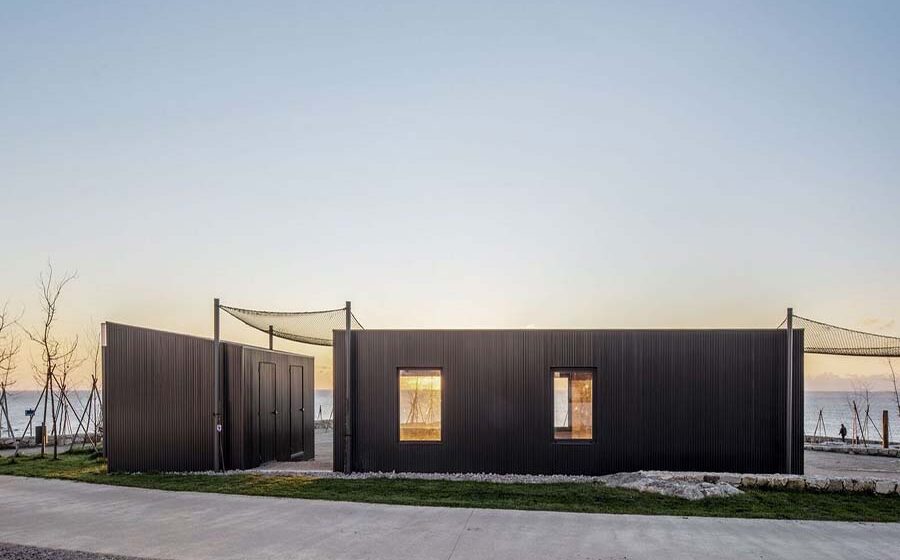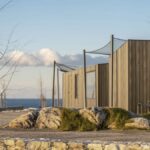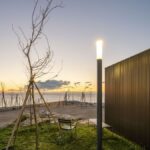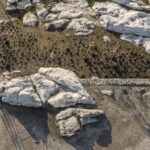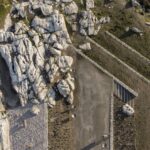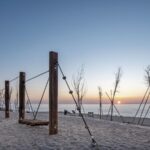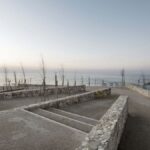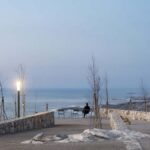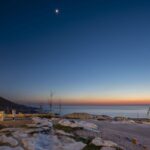In 2020, María Fandiño – PAISAXE embarked on a remarkable journey to revive the Horizon Esplanade, nestled in the scenic enclave of Portecelo, Spain. With the Atlantic Ocean on one side and the Serra da Groba mountain range on the other, this once vibrant coastal plain had succumbed to neglect and environmental degradation. The project, led by lead architect María Fandiño Iglesias, sought to reclaim the natural beauty of the landscape while reintegrating the community into the fabric of their surroundings.
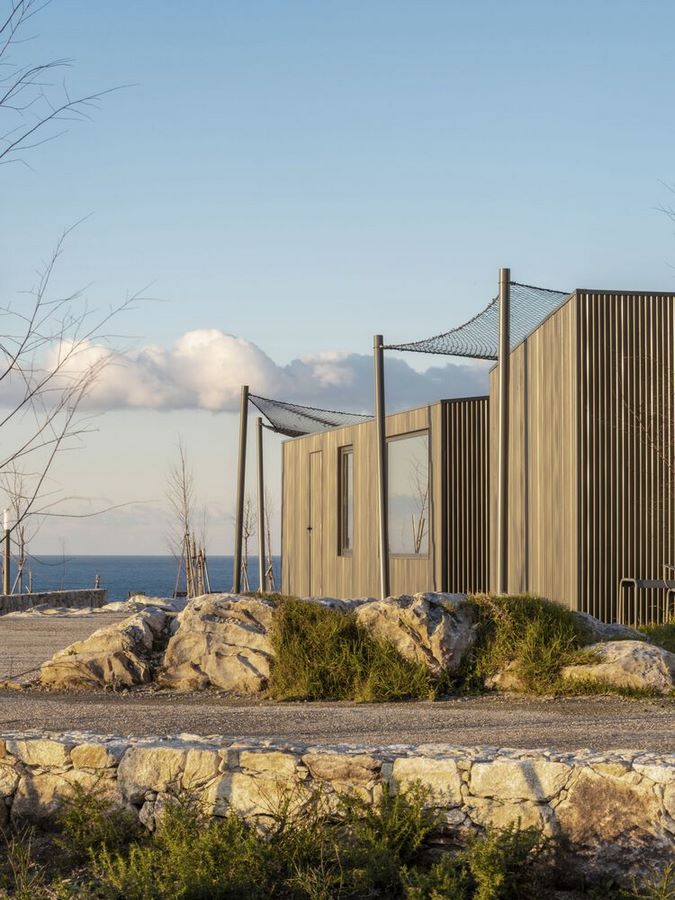
Reclaiming Lost Identity
Decades earlier, the construction of PO-553 street had marred the Horizon Esplanade, robbing it of its cultural significance and ecological vitality. What was once a thriving coastal ecosystem had been reduced to rubble, devoid of vegetation and devoid of life. The inhabitants mourned the loss of their cherished landmark, yearning to reclaim their sense of place.
A Vision for Regeneration
The commission to create a park evolved into a mission to restore the coastal section, breathing new life into the desolate plains. By sculpting the terrain to mirror the natural topography and reintroducing native vegetation, the project aimed to revive the coastal ecosystem and engage the community in a participatory design process. The result: a “restored public space” that seamlessly merged with the surrounding landscape.
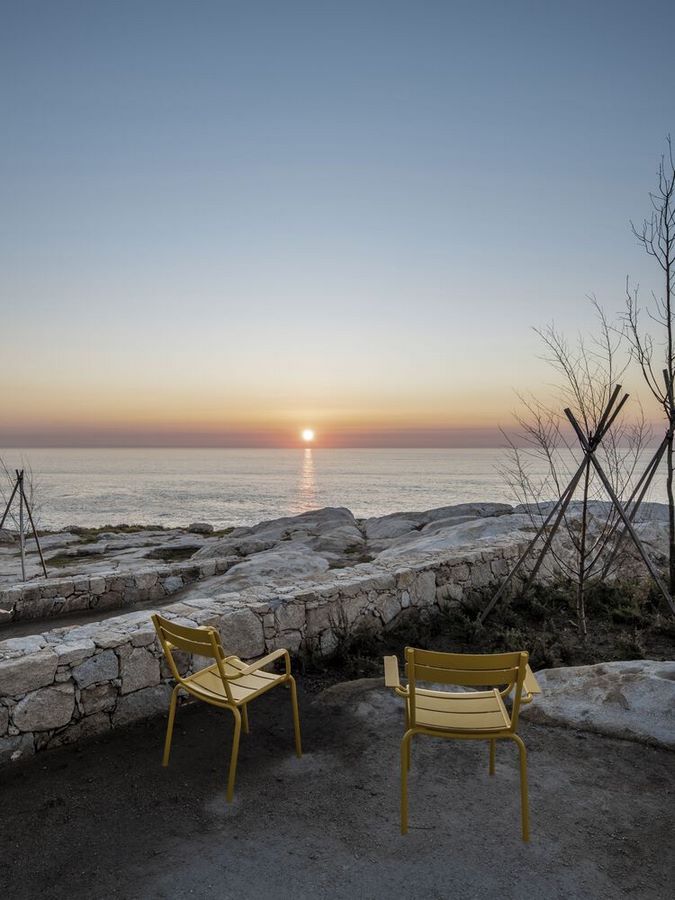
Harmonizing with Nature
The design seamlessly integrated with the natural terrain, weaving pathways and terraces amidst the rugged landscape. From St. James’s Walk to the horizon grandstands, each element was thoughtfully placed to harmonize with the environment, inviting visitors to immerse themselves in the beauty of nature.
A Symphony of Stone and Vegetation
During construction, the original stones emerged from beneath the earth, enriching the project with newfound complexity. Rather than overpowering the landscape, the architecture took a back seat, allowing the natural elements to dictate the design. Native vegetation thrived, breathing life into the restored terrain and inspiring a sense of harmony and balance.
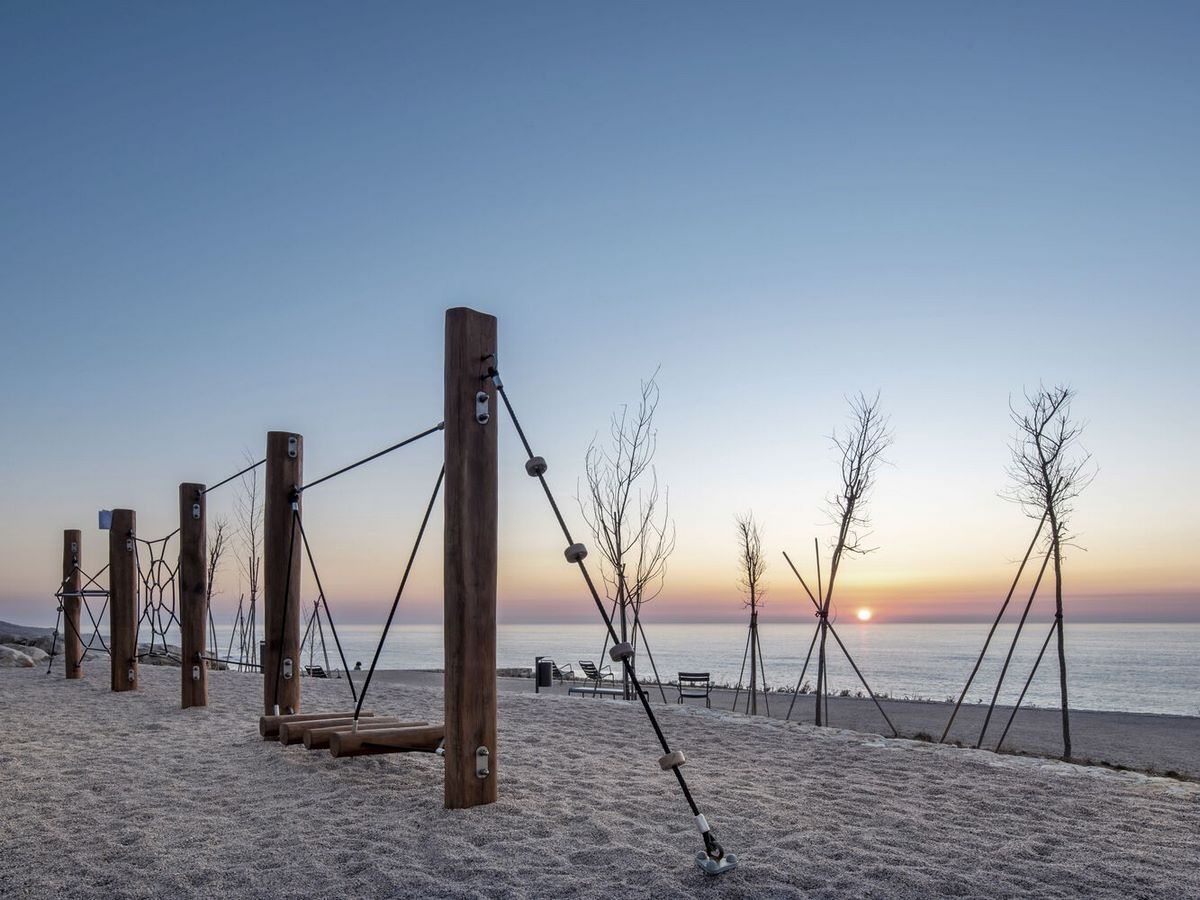
Craftsmanship in Restoration
The project embraced a gradual restoration process, respecting the natural cycles and rhythms of the landscape. Stone walls were crafted from excavated materials, blending seamlessly with the rugged terrain. Lighting, furniture, and infrastructure were subtly integrated, allowing the granite stones to take center stage, each bearing witness to the passage of time.
Embracing the Essence of Place
The Horizon Esplanade emerged as a testament to the enduring spirit of the landscape, where the blue ocean meets the grey mountains, and stillness dances with movement. It’s a place to reconnect with the natural world, to marvel at its beauty, and to feel truly alive amidst the embrace of the earth.
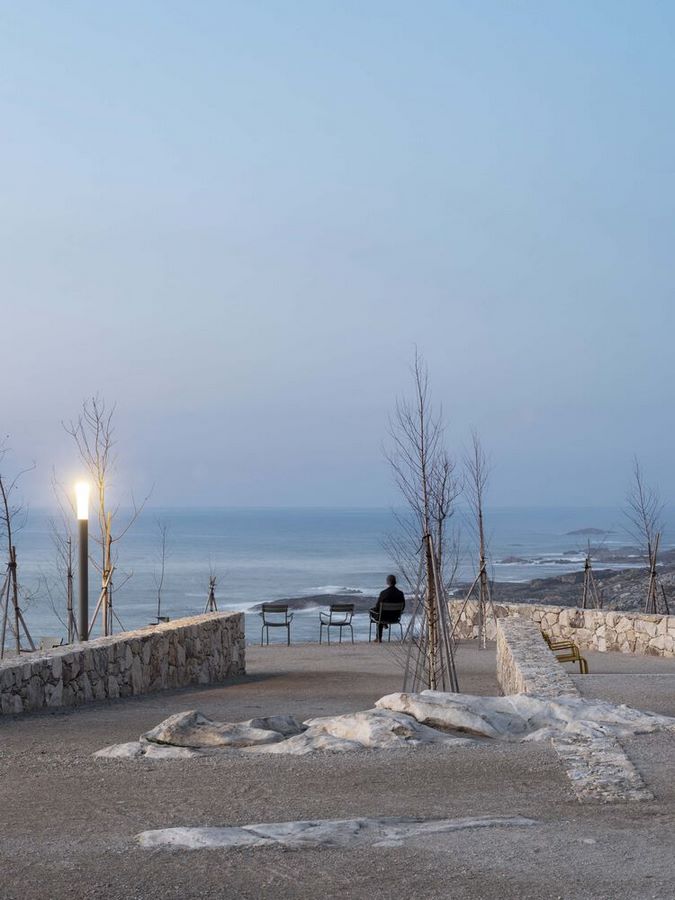
In conclusion, the restoration of the Horizon Esplanade stands as a beacon of hope, a testament to the transformative power of landscape architecture in reclaiming lost heritage and fostering a deeper connection with the land.

